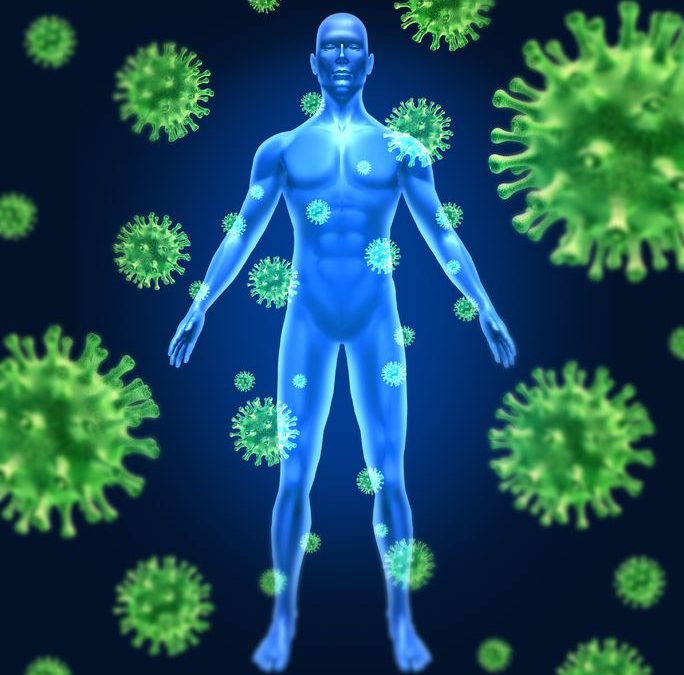-
Best Australian Pokies Best Payout
Play Free 777 Pokies Online
What Are the Best Australian Pokies to Win Big On
What Are the Best Online Pokies with Low Minimum Deposits for Real Money in Australia
New Australian Pokies Accepting PayID
What Are the Best Strategies to Win in Online Pokies with Bonus Rounds in Australia
Tips for Winning Top Australian Pokies
What Online Casinos Offer Free Play Pokies with Welcome Bonuses in Australia
Australian Slot Games
Payout Ratio Pokies with Welcome Bonus

11119744 - human virus infection medical symbol represented by a group of green bacterial intruder cells causing sickness and disease to healthy patient with a man standing being infected by the illness.
Incidence and Trends of Infection Discussion
Incidence and Trends of Infection Discussion
Review the Centers for Disease Control & Prevention (CDC) (2014) report about incidence and trends of foodborne illnesses website @ http://www.cdc.gov/mmwr/preview/mmwrhtml/mm6315a3.htm?s_cid=mm6315a3_w (Links to an external site.).
Identify examples of the epidemiological triad and transmission cycle.
Discuss and examine principles of distribution.
Locate examples of epidemiologic measures (count data, ratio, proportion, rate, incidence, and prevalence).
Locate examples of descriptive epidemiology (person, place, time) and frequency.
Discuss the purpose of this report. Name at least three ways that nurses can use these epidemiologic investigations and report findings.
Overview of the link – http://www.cdc.gov/mmwr/preview/mmwrhtml/mm6315a3.htm?s_cid=mm6315a3_w
Foodborne disease continues to be an important problem in the United States. Most illnesses are preventable. To evaluate progress toward prevention, the Foodborne Diseases Active Surveillance Network* (FoodNet) monitors the incidence of laboratory-confirmed infections caused by nine pathogens transmitted commonly through food in 10 U.S. sites, covering approximately 15% of the U.S. population.
This report summarizes preliminary 2013 data and describes trends since 2006. In 2013, a total of 19,056 infections, 4,200 hospitalizations, and 80 deaths were reported. For most infections, incidence was well above national Healthy People 2020 incidence targets and highest among children aged <5 years. Compared with 2010–2012, the estimated incidence of infection in 2013 was lower for Salmonella, higher for Vibrio, and unchanged overall.† Since 2006–2008, the overall incidence has not changed significantly.
More needs to be done. Reducing these infections requires actions targeted to sources and pathogens, such as continued use of Salmonella poultry performance standards and actions mandated by the Food Safety Modernization Act (FSMA) (1). FoodNet provides federal and state public health and regulatory agencies as well as the food industry with important information needed to determine if regulations, guidelines, and safety practices applied across the farm-to-table continuum are working.
FoodNet conducts active, population-based surveillance for laboratory-confirmed infections caused by Campylobacter, Cryptosporidium, Cyclospora, Listeria, Salmonella, Shiga toxin–producing Escherichia coli (STEC) O157 and non-O157, Shigella, Vibrio, and Yersinia in 10 sites covering approximately 15% of the U.S. population (an estimated 48 million persons in 2012).
FoodNet is a collaboration among CDC, 10 state health departments, the U.S. Department of Agriculture’s Food Safety and Inspection Service (USDA-FSIS), and the Food and Drug Administration (FDA). Hospitalizations occurring within 7 days of specimen collection are recorded, as is the patient’s vital status at hospital discharge, or at 7 days after specimen collection if the patient was not hospitalized.
Hospitalizations and deaths that occur within 7 days are attributed to the infection. Surveillance for physician-diagnosed postdiarrheal hemolytic uremic syndrome (HUS), a complication of STEC infection characterized by renal failure, is conducted through a network of nephrologists and infection preventionists and by hospital discharge data review. This report includes 2012 HUS data for persons aged <18 years.
Attachments
